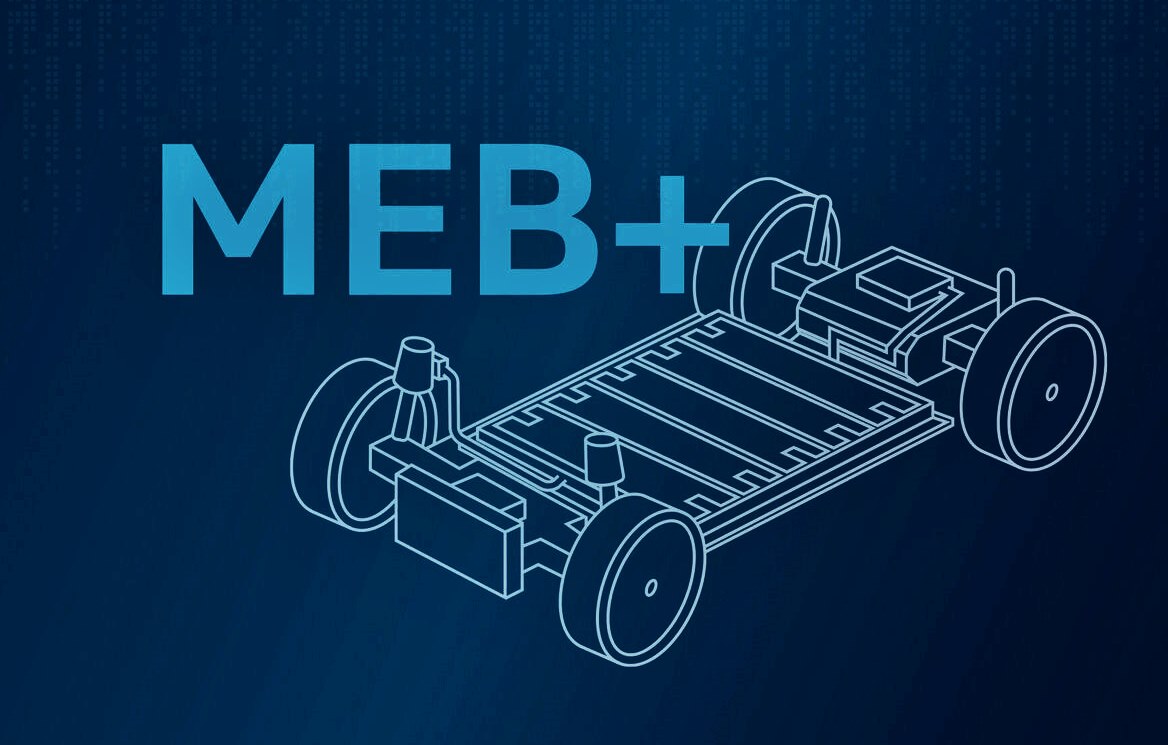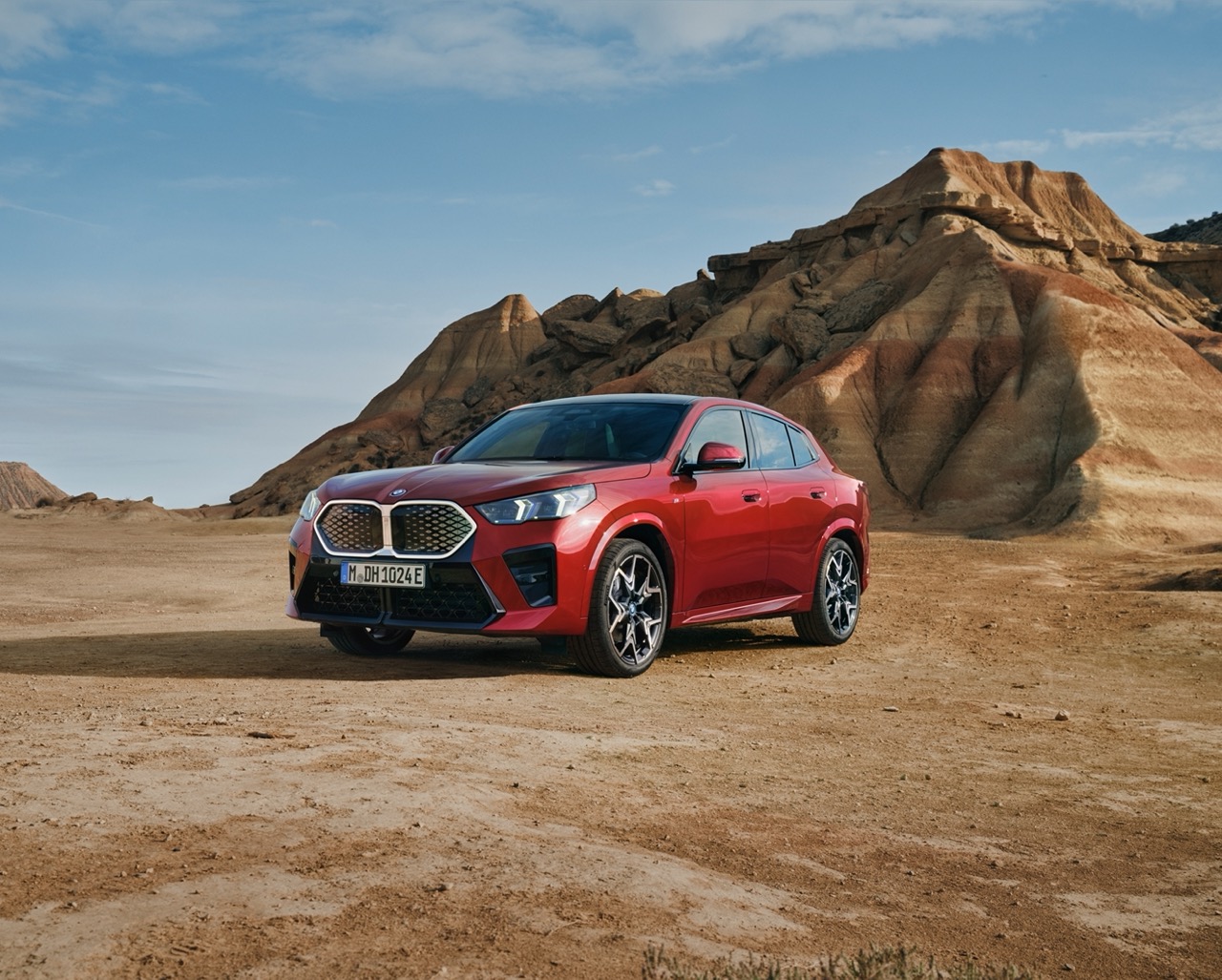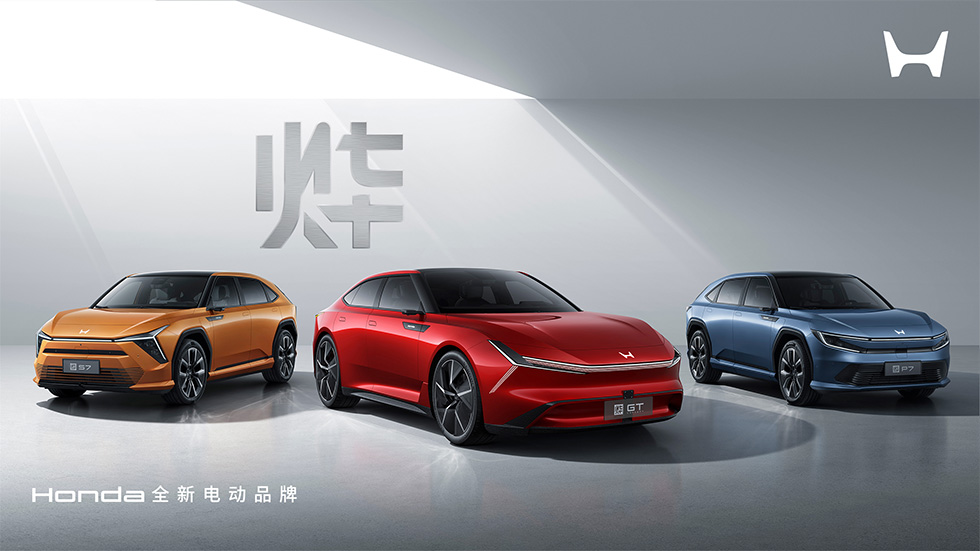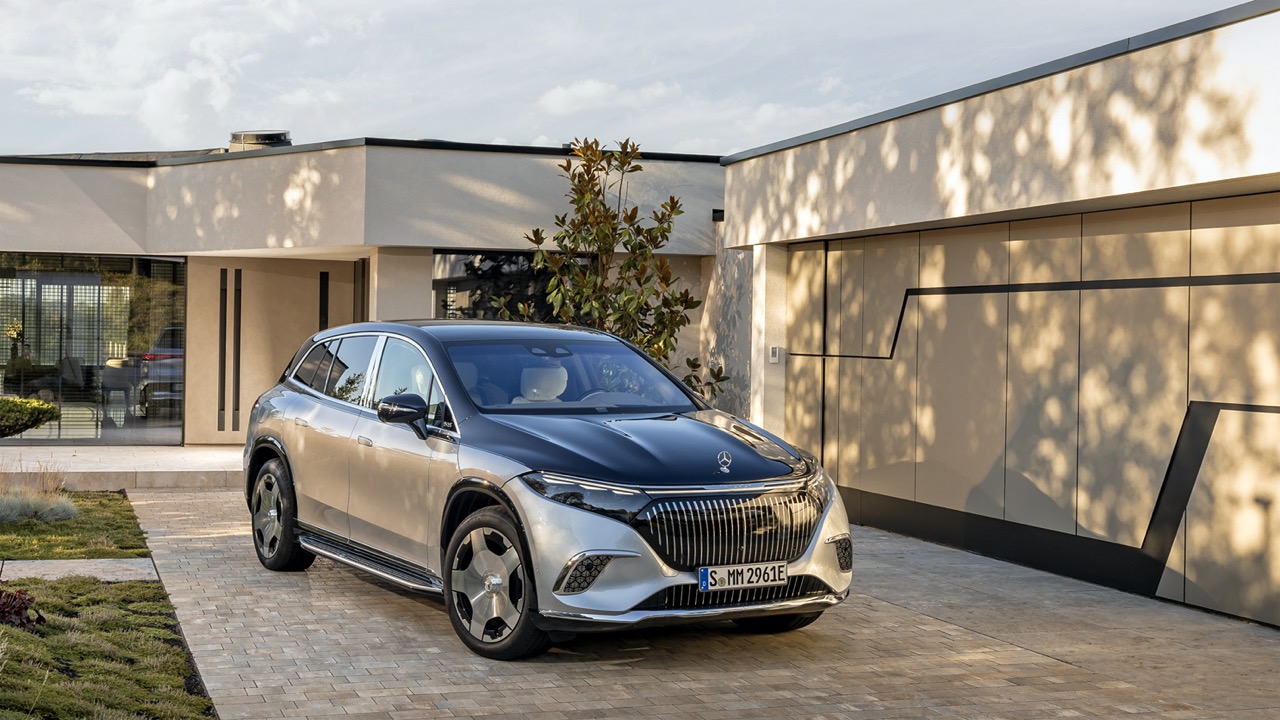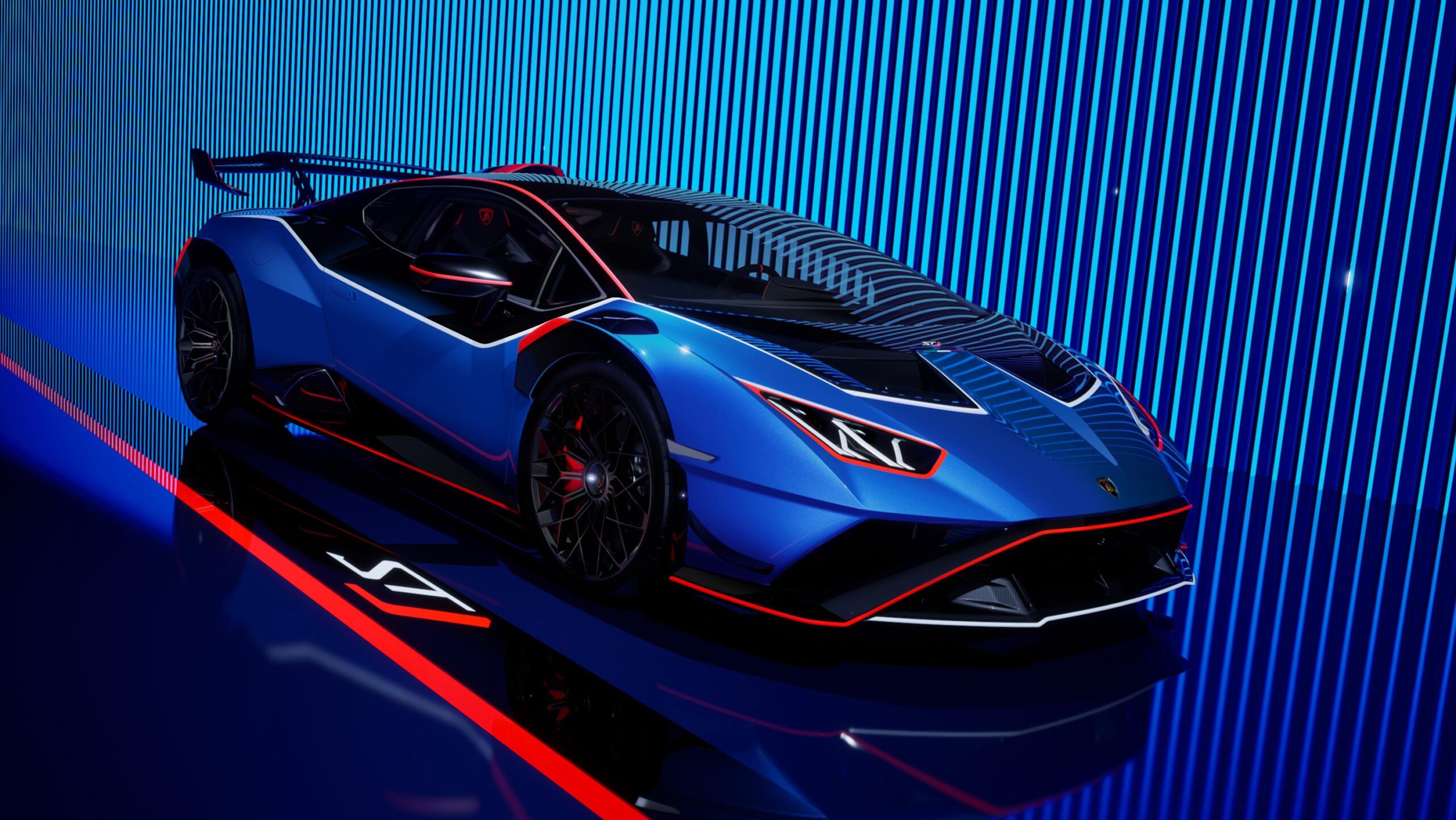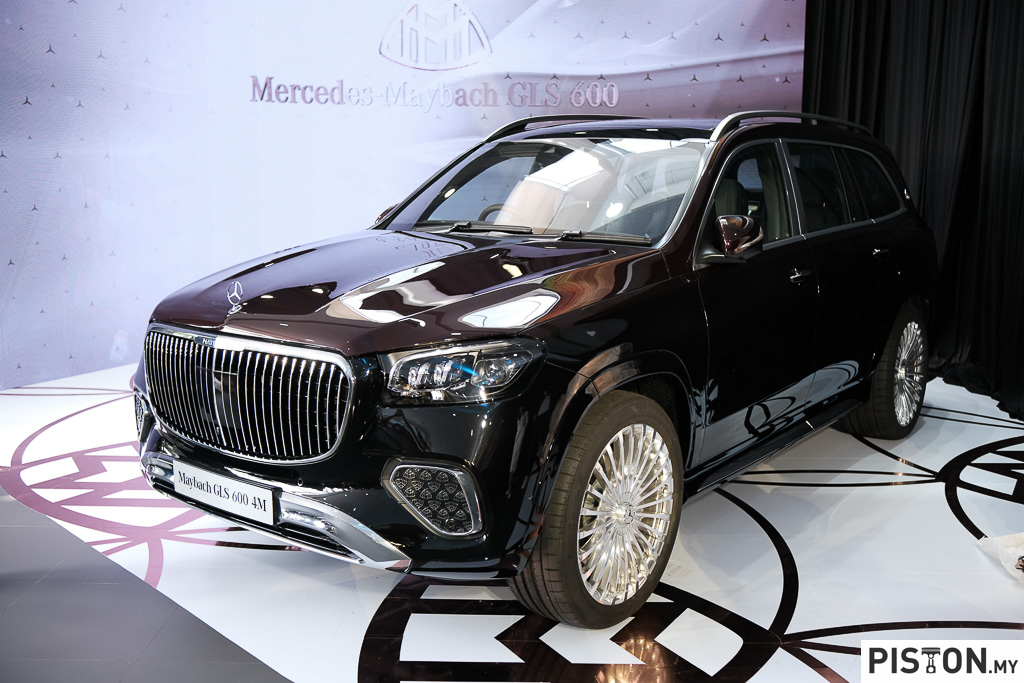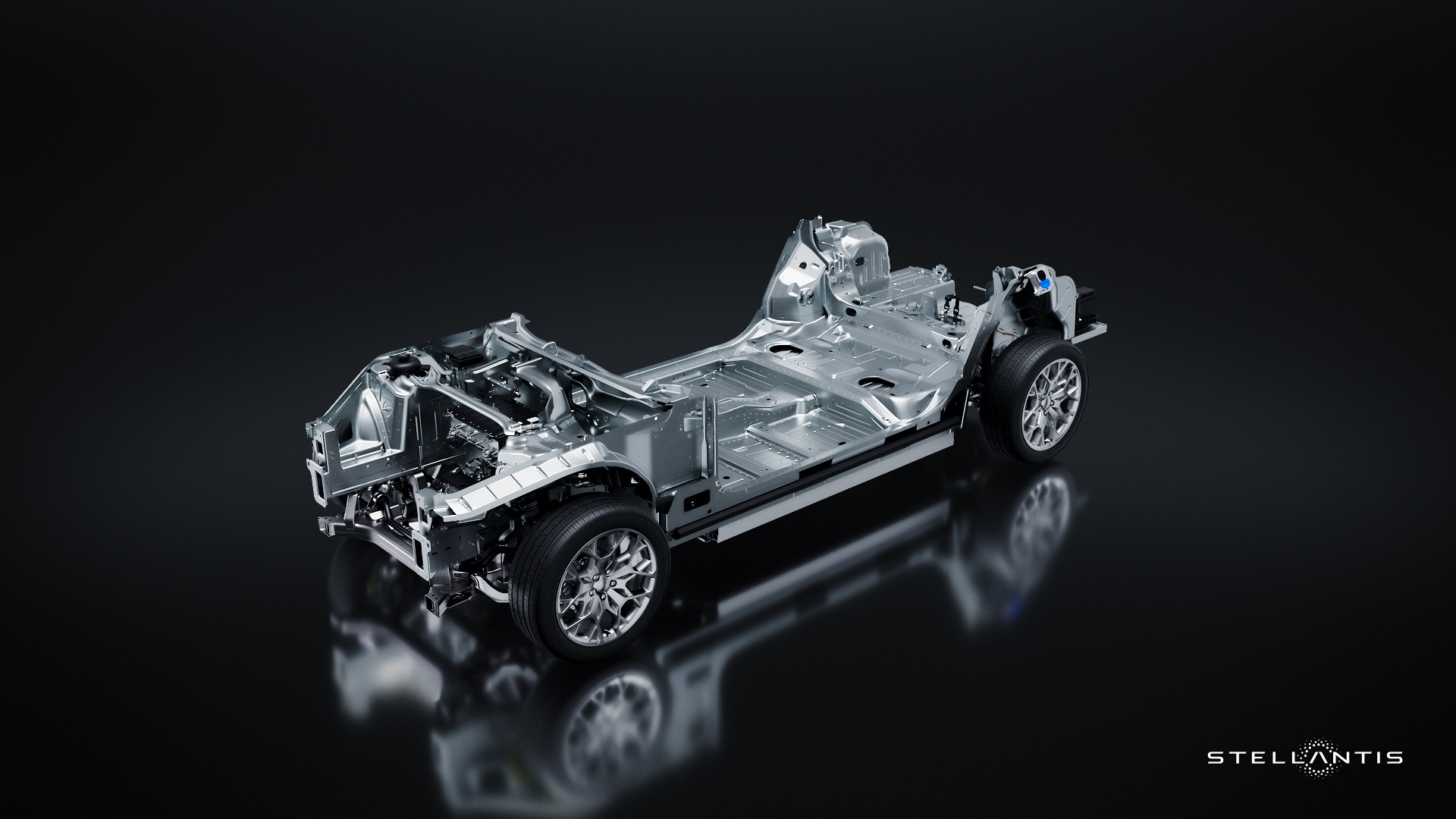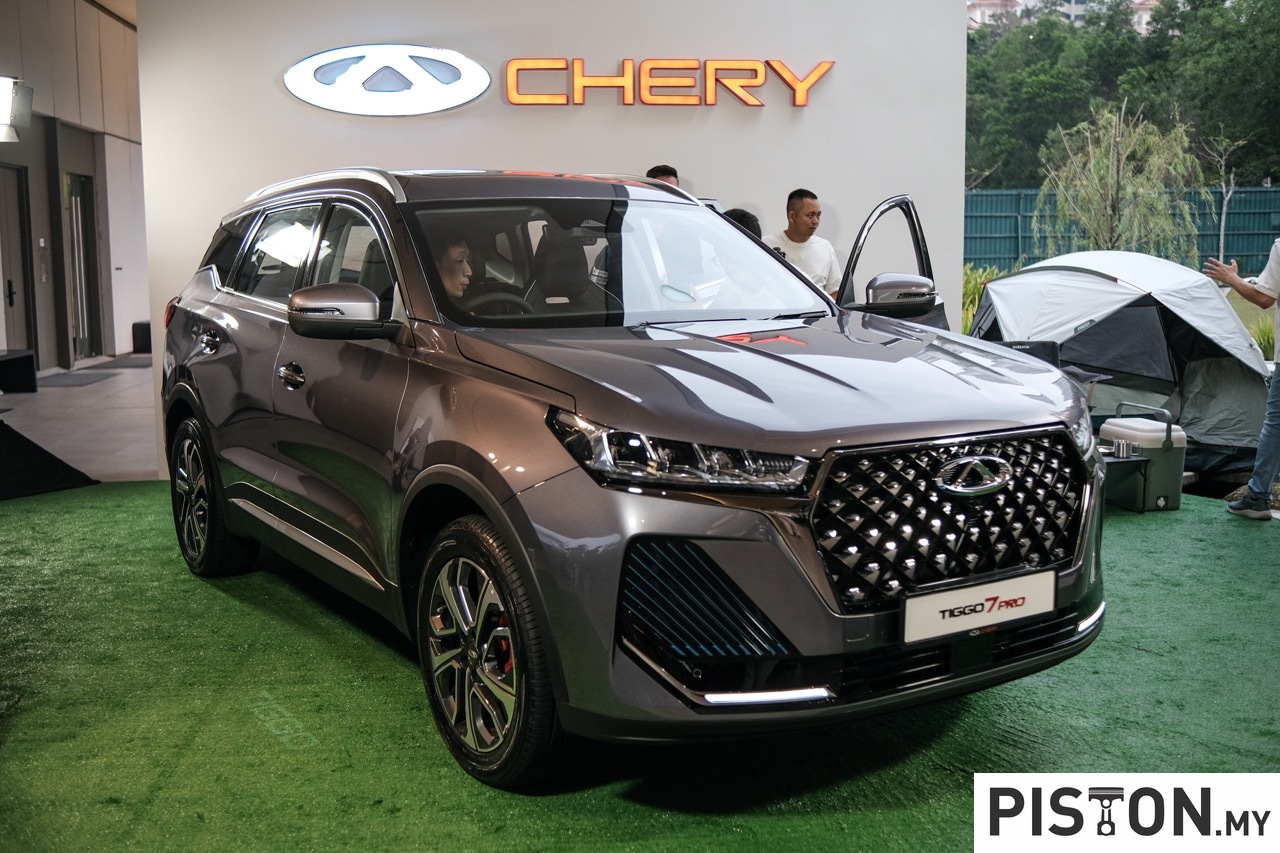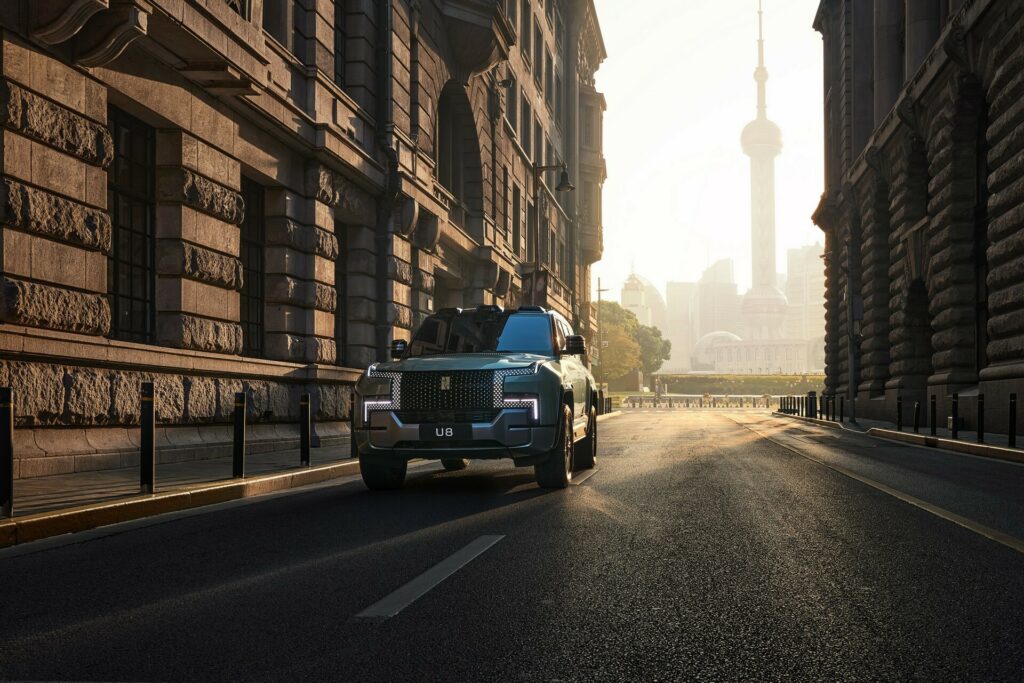Although electrically-powered cars were in existence over 100 years ago and were common in the early 20th century, they faded away as the combustion engine became more favoured for vehicle propulsion. The technologies available at that time prevented improvements being made to batteries – the ‘fuel tank’ for electric vehicles (EVs) – as well as related systems such as the motors. As combustion engined vehicles improved in performance, the limited performance of EVs saw them losing popularity.
Since the beginning of the 21st century, though, there has been a revival of the EV as concerns about the environment have grown. With emissions from the combustion engine affecting not only air quality but also causing climate change, governments have demanded that the auto industry find alternative propulsion systems and EVs, with zero emissions, are seen to be the quickest solution.
Huge sums have this been allocated for R&D to rapidly switch over to EVs as fast as possible. As such, the pace of technology evolution has accelerated and improvements are taking place within shorter time-frames. Each year, batteries are having greater storage capacity without growing in size and, together with other efficiency improvements, the range is extending. From less than 100 kms for the few EVs sold in the 1990s, 400 to 500 kms is now a common figure for new models.
A key element has been the development of dedicated platforms for EVs which do not have the limitations of platforms and architecture developed for combustion engined vehicles. These new platforms are optimised for EVs so they are designed for battery pack integration and can be lighter.
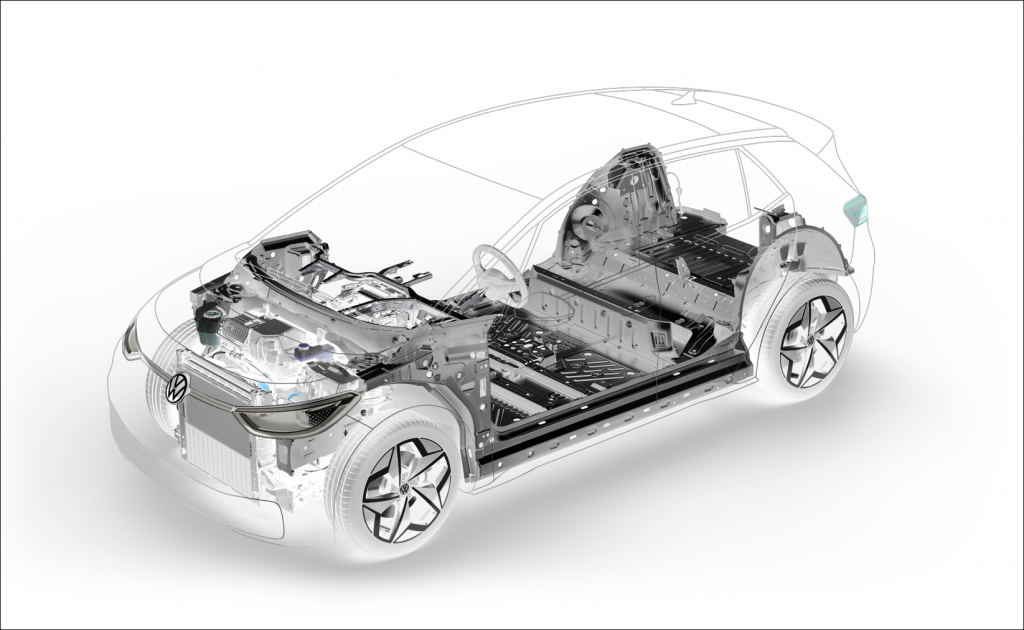
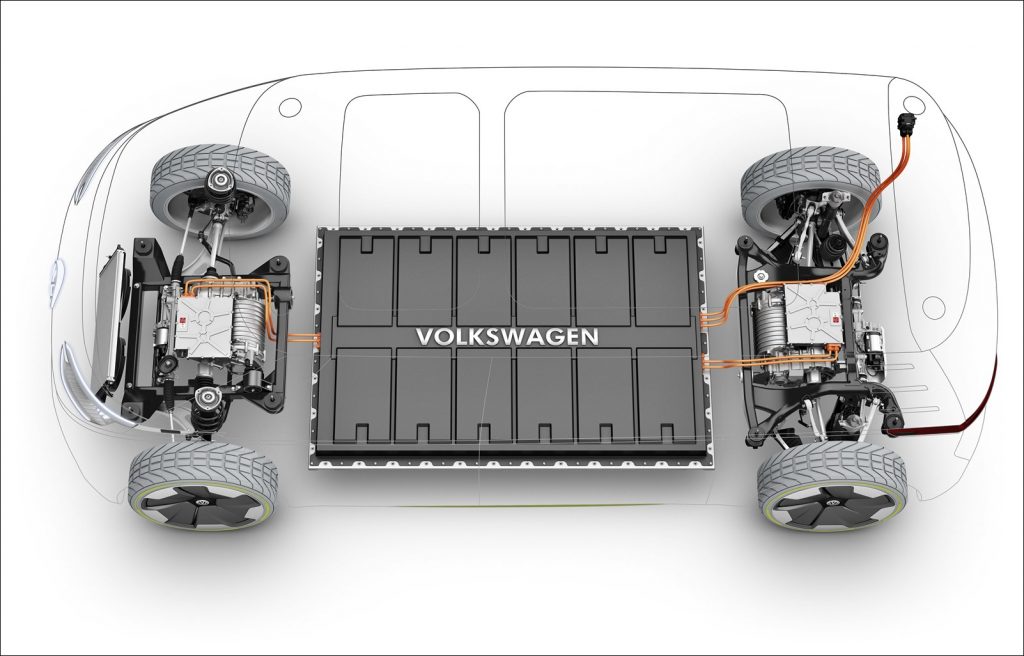
The Volkswagen Group, like other global carmakers, also has its own platform which it calls the ‘Modularer E-Antriebs-Baukasten’, or Modular Electric Drive (MEB) system in English. The MEB system was first announced in 2017 as a platform for all future VW Group vehicles, from compact cars to vans. Due to its variability, it could be used for all type of vehicles, from compact cars to even vans.
In developing the MEB, the focus was on two aspects in particular: range and efficiency. Because the MEB was entirely new, it was possible to provide as much space as possible for the battery system. This would not have been possible earlier when EVs were usually adapted from combustion engined models with their traditional structures.
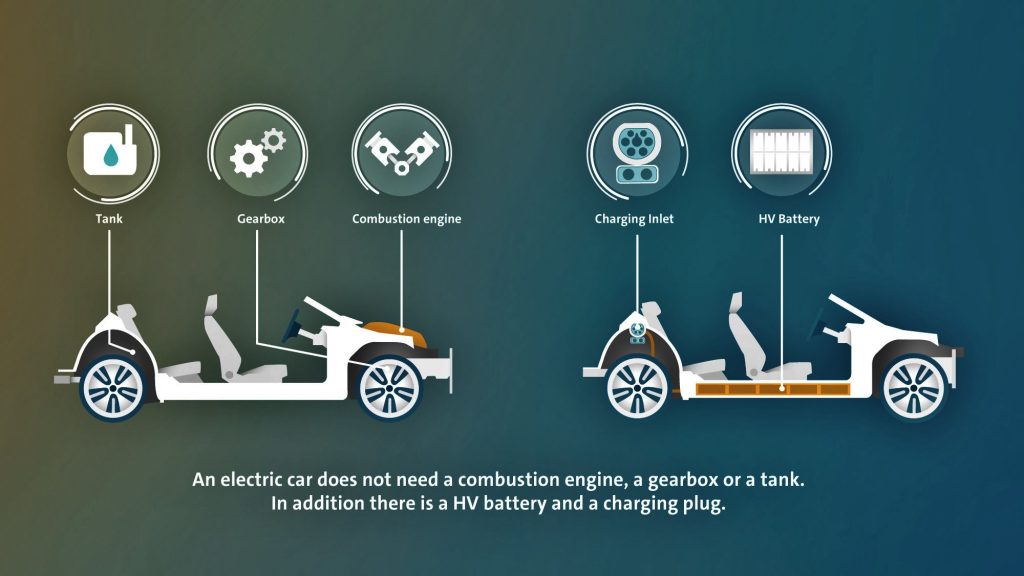
A big plus of the MEB is the modular battery concept, which allows the capacity of the battery to be optimally adapted for the intended use. For example, if the vehicle is used mostly in the city and only drive short distances, the 58 kWh battery pack would be sufficient. This reduces the prices of the vehicle. Those who frequently drive longer distances can choose a larger battery pack with 77 kWh and get extended range of more than 550 kms.
“Here, for the first time, we had the chance to develop the vehicle practically around the battery,” says Frank Blome, who was significantly involved in the development as Head of the Battery Cell Business Unit. With the Modular Cross-Sectional Toolkit (MQB), there was already a modular vehicle basis that had proven itself – and whose basic concept could be transferred to the platform developed exclusively for EVs.”
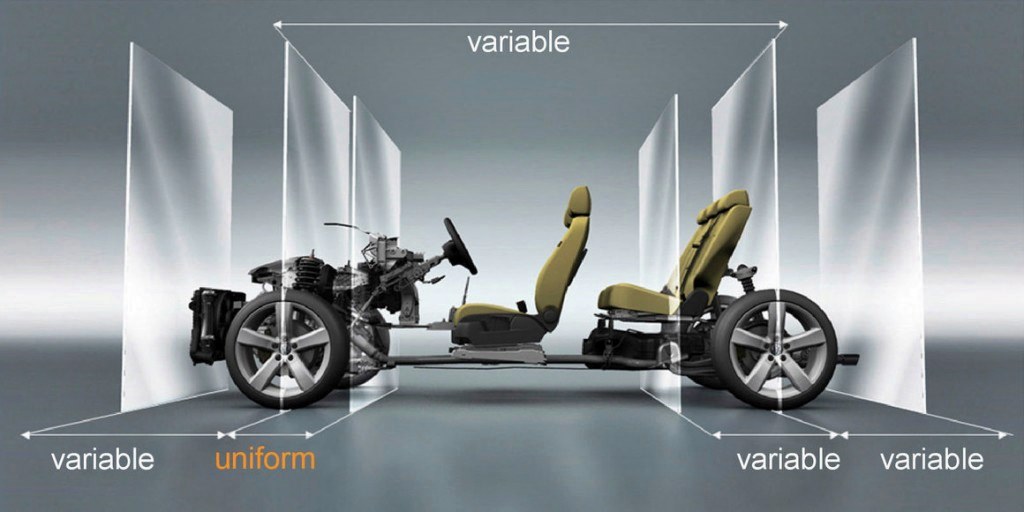
On top of that, the design of the MEB allows for a significantly larger amount of space in the interior than a combustion engines car with the same body dimensions. For example, there is the same amount of room in the ID.3 – which has the external dimensions of a Golf – as in a Passat.
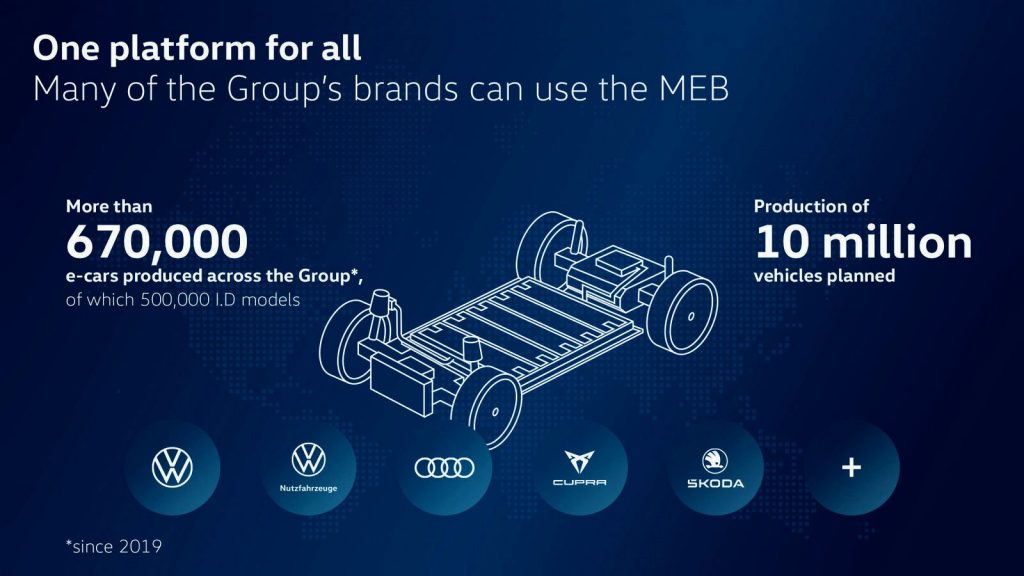
The ID.3 was the first MEB model to go on sale from July 2020 and since then, other models of the all-electric ID. family have also entered the market. At present, a dozen models are already being built on the electric platform and they are not only of the Volkswagen brand but also from other brand in the Volkswagen Group such as Audi, Skoda and CUPRA. To date, more than 670,000 vehicles from the VW Group have been produced with the MEB platform, with more than 500,000 from the ID. family.
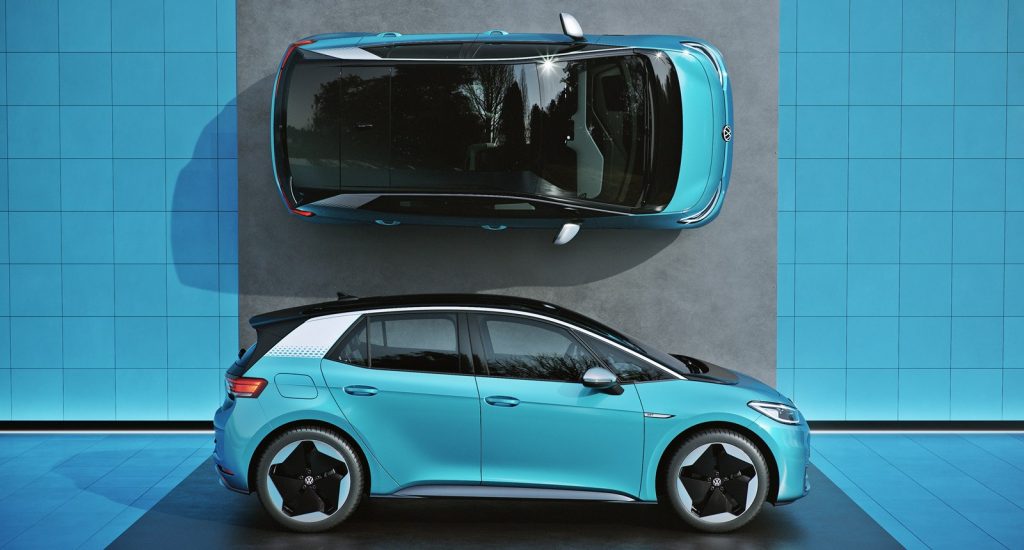
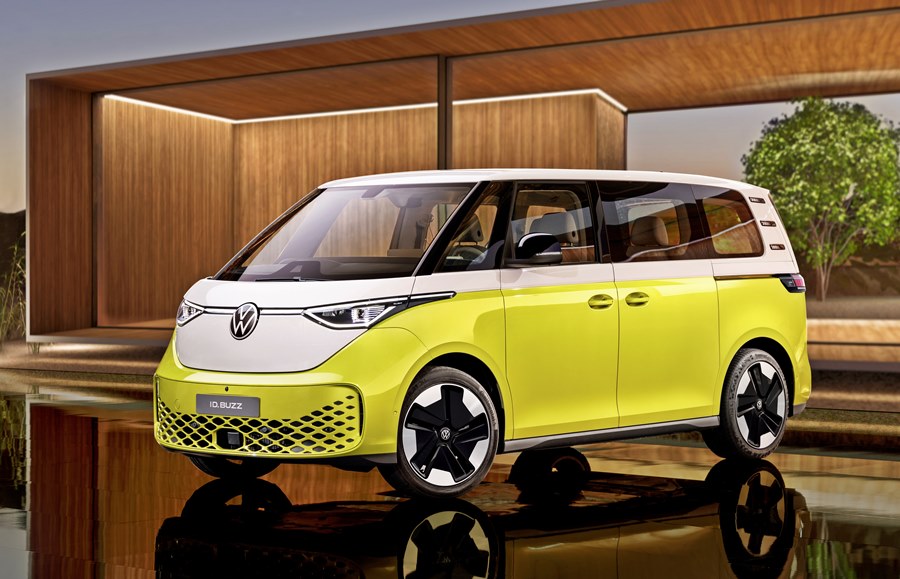
With the MEB platform already proven, Volkswagen is now moving on to the next generation – after just 3 years. The carmaker is investing substantially in its further development in order to leverage the full potential of the platform and ensure that it remains competitive.
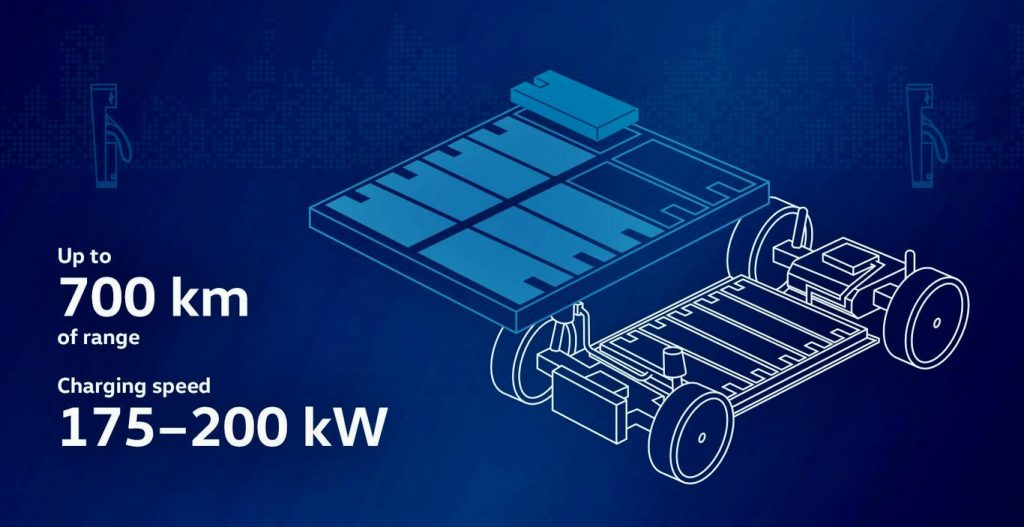
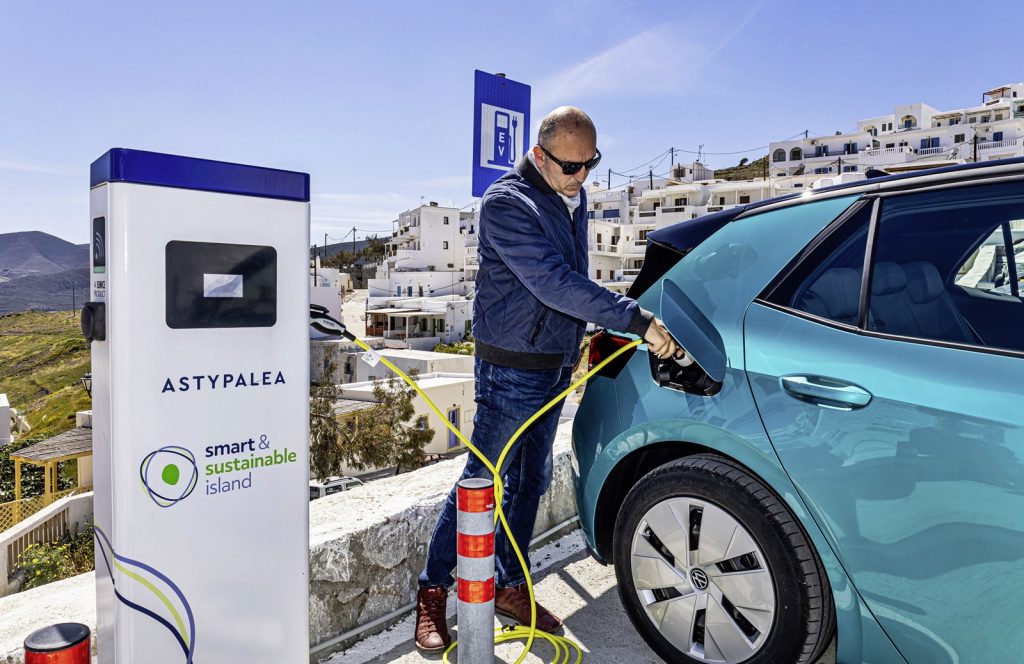
The new platform will be referred to as ‘MEB+’ and among the improvements will be the technology for charging and storage, as well as the digital infrastructure. The MEB+ will use Volkswagen’s new generation of batteries (known as unit cell) – and enable ranges of up to 700 kms. Charging times will also shorten as charging speeds of 175 – 200 kW become possible in future. Additionally, the MEB+ will also enable significant leaps in automated driving functions.
Volkswagen will continue to expand its MEB-based model range, with 10 new models to be launched by 2026. By then, with a larger volume using the platform and improvements made, greater economies of scale would help to drive production costs down. This will enable to the carmaker to offer a model priced at around €25,000 (about RM116,000 at today’s exchange rate).
To know more about Volkswagen models available in Malaysia, visit www.volkswagen.com.my.


